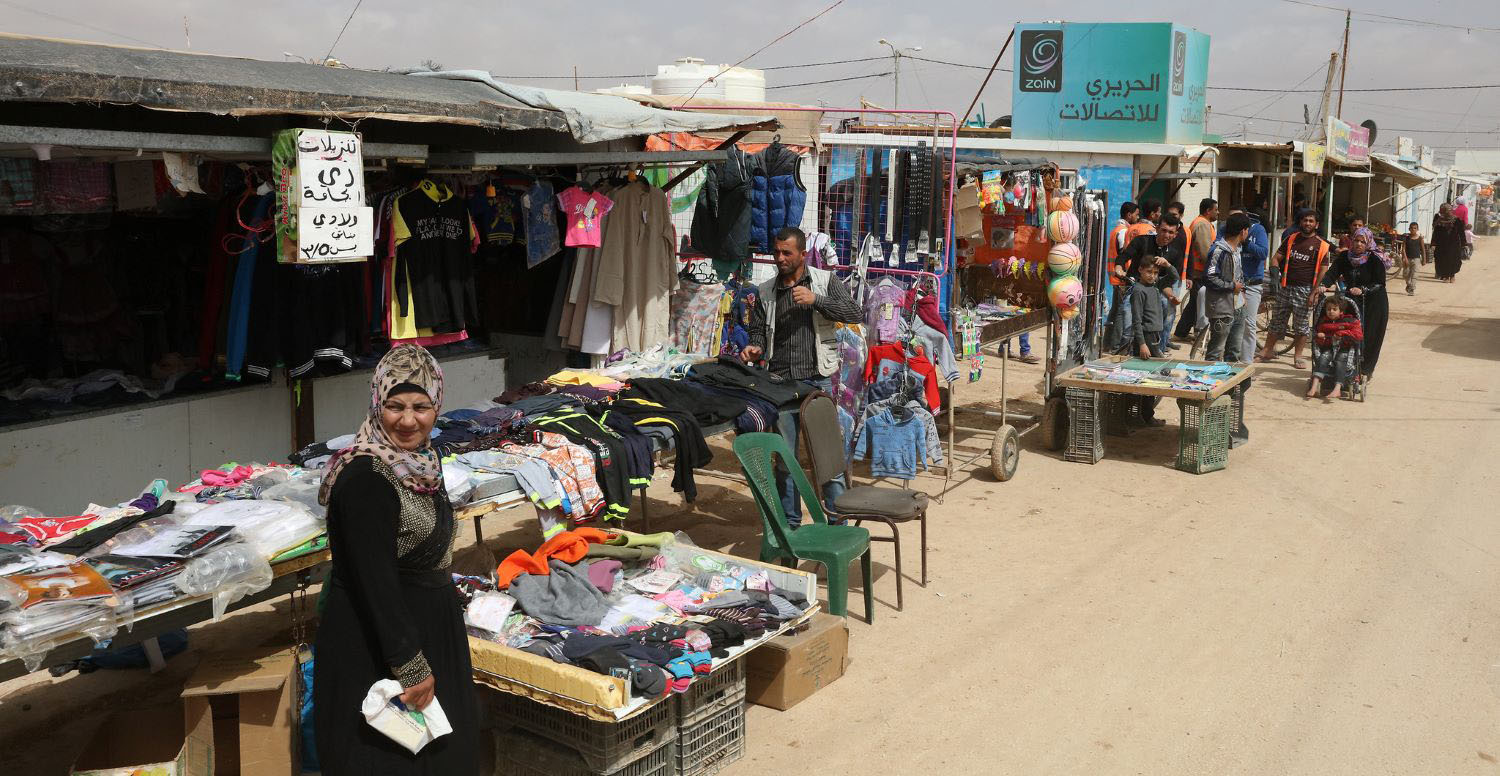Recommended

Event
More than one year after the outbreak of COVID-19, humanitarian aid workers risk pivoting back to habitual practices. Donors are still channelling their funding through large agencies, and attempts to elevate the participation and power of local actors have fallen short.
We’re facing a “make or break” moment to reset commitments to humanitarian reform. The Asia-Pacific region has proven itself a unique case with increasing national and regional leadership; begging the question, how do global ideas for humanitarian reform apply in this context?
On 19 May 2021, the Center for Global Development and the Humanitarian Advisory Group co-hosted a public event that explored this question with national and regional actors in the Asia-Pacific. Below is a summary of some of the key takeaways from the conversation.
COVID-19: a turning point?
COVID-19 has exposed the supply-driven nature of the humanitarian system, and how it is dominated by those who manage the resources. For Adelina Kamal of the AHA Center, the pandemic is a strong call for ASEAN Member States to create their own playing field and start advocating for change at the country level to develop “a so-called humanitarian equilibrium” between international and local actors.
In the Cook Islands, there was a communal response to COVID-19 to protect communities and address the economic consequences of travel bans. But it was not a response that the humanitarian system had prepared them for. Fine Tu’itupou Arnold of the Cook Islands Red Cross Society remarked that preparedness was slow, and there was confusion around local operations and a lack of resources.
The pitfalls of cluster coordination
Within the context of a small island state, Ms Tu’itupou Arnold discussed the struggle of cluster coordination and its poor flexibility in responding to country-level dynamics. During the pandemic, the Cook Islands Red Cross Society chose instead to use area-based coordination but adapting to a different system was not easy.
Puji Pujiono from the Pujiono Center in Indonesia affirmed that international coordination is welcome, but underscored that international humanitarian aid workers are guests and should behave as such, saying “knock on the door, present your face, tell us what you want to do, not the other way around.” Otherwise, the coordination architecture risks miscommunicating.
Country-based pooled funds
Local actors, at the bottom of the humanitarian hierarchy, wait for resources to trickle down from the top. There is now a growing evidence base which indicates that country-based pooled funds can create a more balanced system that supports self-reliance.
Mr. Pujiono remarked that humanitarian financing is still based on distrust. Funders only feel comfortable supporting local organisations with the same outlook and structure as their own—or with large budgets. By default, local organisations are eliminated. But there have been valuable experiences of pooled funding in Indonesia which shift the configuration of power. If there is trust at the national level, with Indonesia’s alliance of development and humanitarian actors, Mr. Pujino affirmed that shortly, “we will be inviting the donors to sit with us and to tell us what their financing scheme is, instead of us knocking at their door and being turned away 10 times. Now we invite them. Come to our meeting and explain to us, what are your modalities?”
But international humanitarian actors will need to be flexible. Local organizations do not exclusively define themselves as “humanitarians” or work only during crises, but are instead ready to work at the nexus.
At the regional level, ASEAN has two pooled funding mechanisms: i) the AHA Centre Fund, which mandates every Member State to pay an annual sum and ii) the Disaster Management Emergency Relief Fund, which is voluntary. These regional funds allow Southeast Asian countries to mobilise their own resources and assist those with less resources. Ms. Kamal commented that plans are in motion to allocate some of these resources to anticipatory action, which will rely on local and national actors for implementation.
The AHA Centre is also challenging the status quo and exploring opportunities for resource mobilisation outside of the humanitarian system.
Moving towards people-driven aid
Ms. Tu’itupou Arnold reminded participants that there is no one-size-fits-all approach to accountability in the humanitarian sector. The Cook Islands Red Cross adapts global guidance for contextual flexibility, which prompts staff to ask questions rather than prescribe answers. Their priority is to provide equitable, safe access and opportunities for affected people to actively participate in decisions that affect them.
Ms. Kamal supported this approach through a methodology they informally refer to as “CPM: copy, paste and modify.” Combining the learning from the global system’s governance and standards, and contextualising them within local needs and practices draws on the strengths of both global and local actors. But she also explained that governance must be based on a decentralised ecosystem to avoid recreating imbalances of power because “it’s much more difficult to welcome offers of international assistance, rather than give assistance.”Ahead of the annual meeting of the Grand Bargain signatories this month, panellists called for bold action and to leverage the opportunity for reform forced by Covid-19. If the humanitarian system is to meet the needs of affected people, it must better support local capacity, leadership and priorities – which starts with listening to local perspectives.
Explore the Center for Global Development’s research project on humanitarian reform, and find out more about the Humanitarian Advisory Group’s recent report on shifting the system in Indonesia.
Disclaimer
CGD blog posts reflect the views of the authors, drawing on prior research and experience in their areas of expertise. CGD is a nonpartisan, independent organization and does not take institutional positions.
Image credit for social media/web: Center for Global Development




